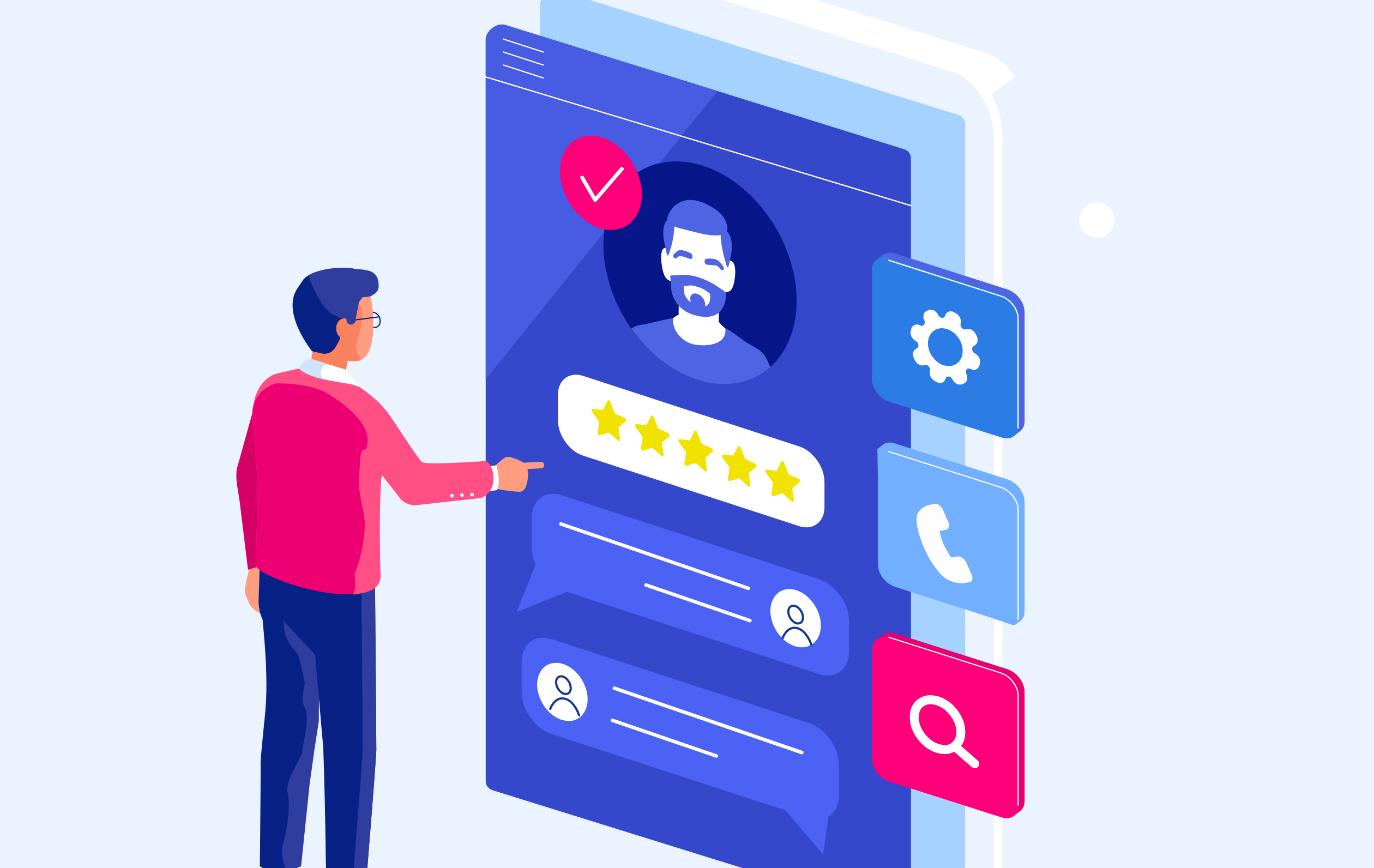By Tom Wintaugh | May 17, 2023

See why top ecommerce brands use Miva’s no-code platform to run
multiple stores, manage massive catalogs, and grow their revenue.
Customer Acquisition Cost (CAC) is a critical metric for any ecommerce business, and across industries, these costs are going up—recent customer acquisition metrics indicate that ecommerce CAC could be up by as much as 60% in the past five years. Why is this important? CAC is a common KPI (Key Performance Indicator) which directly impacts the profitability of your website. Understanding how to measure and optimize CAC is vital, and one of the biggest factors which influence acquisition costs is the ecommerce platform itself. In this blog, we’ll define CAC for ecommerce, give you a simple equation for calculating your own CAC KPI, and identify 8 ways that an ecommerce platform can lower these costs by reducing operational, marketing, and customer service needs.
Customer Acquisition Cost (CAC) is the total price of attracting a new customer to your ecommerce business. It includes costs related to marketing, sales, and any other expenses you might incur during the total customer acquisition process. High CAC can strain resources and affect profitability, making it crucial for all merchants to continually review this KPI and optimize for lower customer acquisition expenses.
We can boil down ecommerce customer acquisition metrics to a simple formula, which can help you understand the relationship between what you’re spending to find new customers vs. how many customers you eventually acquire from those efforts.
To calculate your ecommerce CAC, divide your total acquisition expenses by the number of customers acquired during a specific period. This gives you the average cost of acquiring a new customer, and is a basic and very well-known CAC KPI formula.
For example, if you spend $1000 on sales and marketing, and as a result you acquire 100 new customers, your CAC is $10 per customer. This is a “birds-eye view” stat which gives you a quick snapshot of how effective your total ecommerce operation is. It follows that the more effective and economical your sales and marketing efforts are, the lower your CAC will be. Once we have a ballpark figure as a baseline, we can then start to fine tune processes to increase efficiency and lower this number.
The acquisition rate is another important metric, indicating the rate at which you're attracting new customers to your ecommerce business over any given period of time. If CAC is a measure of the resources we expend when finding new customers, then acquisition rate is a measure of how efficient those expenditures are.
There is no simple one-size-fits all CAC to compare against—the average customer acquisition cost for ecommerce can vary wildly depending on factors such as industry, product pricing, revenue goals, target audience, and which marketing channels are used. Some estimates peg the average CAC as low as $10 for retail and as high as $182 for technology hardware, with various different industry results in between. However this figure is incomplete if we don’t know how much revenue that same customer will generate.
It is more useful to compare your customer acquisition metrics against customer lifetime value (CLV), the measure of how much a single customer spends over the entirety of their relationship with your business. Ideally, the lifetime value a customer generates should outpace the resources you spent to acquire them several times over. When CAC and CLV are roughly equal, you make no profit. If CAC is above CLV, you’re losing money. And if CAC is dramatically lower than CLV, you’re probably not taking advantage of how many customers you could be acquiring with your resources. Let’s take a look at how to balance this equation with several ecommerce platform features and best practices which will reduce CAC metrics.
As the central hub through which all of your sales and marketing efforts flow, your ecommerce platform is loaded with efficiency tools which can be your secret weapon to reduce CAC. By optimizing technical performance, making shopping experience UI more effective, and dialing in ecommerce site content, merchants can lower costs while achieving better revenue results. Here are 8 ways that an ecommerce platform can drive your customer acquisition metrics in the right direction.
By understanding and optimizing CAC metrics, you can cut costs and improve profitability. The number one method for doing this: choosing the right ecommerce platform, and then taking advantage of automations, innovative promotions, and personalized UI best practices which add to ecommerce success. Your ecommerce platform is not just a tool for selling products—it’s also a strategic asset that can help you attract and retain customers more efficiently, and more affordably.


Katy Ellquist, Miva’s Digital Marketing Strategist, is an accomplished writer, marketer, and social media analyst who has created sophisticated content campaigns for a broad range of professional clients. She brings to Miva a complex understanding of ecommerce trends and techniques, building upon extensive digital agency experience and a prior role as direct liaison to Miva’s top accounts. Katy is a regular contributor to the Miva blog, covering essential ecommerce topics like design & development strategy, site optimization, and omnichannel selling, with the goal of increasing the actionable knowledgebase of the entire Miva community.
Love it? Share it!
No worries, download the PDF version now and enjoy your reading later...
Download PDF